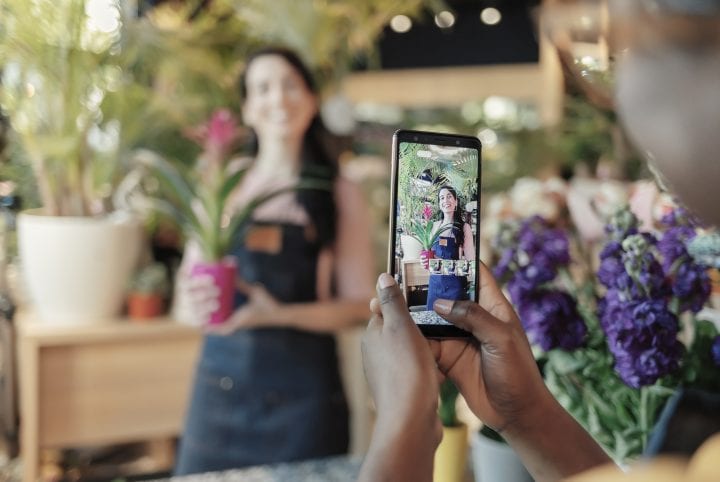
With technology playing an increasingly important part in consumers’ lives, it’s important for brands to think about how they can create trust. One of the ways marketers are doing this is through personalisation.
Personalisation is when a company allows a consumer to tailor or even fully create one-on-one individual experiences, products or interactions. This trend has gathered pace in recent years as marketers fight to differentiate their brands in an increasingly global marketplace, across both traditional and digital platforms.
A good example is Australian women’s shoe manufacturer, Shoes of Prey, which allows their customers to design and customise their shoes online. Customers are guided through the design process that allows them to modify set templates with their own style choices, from toe shape and heel height to colour and additions such as bows and beading. Shoppers can receive their shoes within days as Shoes of Prey owns its own production facilities.
Shoes of Prey offer an attractive and refined experience; but the company carefully limits the changes customers can make to their dream shoes. For marketers, the current debate is to what degree the customer should be allowed to personalise.
There is an optimal point where personalisation kicks in and has a positive effect on consumption, says Monash Business School’s Australian Consumer, Retail, and Services (ACRS) research unit researcher, Associate Professor Sean Sands.
https://youtu.be/K8jxkuNb2js
“At the extreme end the choice can be limitless but the number of choices can actually be a barrier. People feel overwhelmed and they can actually opt out of making a choice,” he says.
“So how much control do you give a customer? That is one of the points that brands are struggling with at this point.”
Dr Sands says personalisation is becoming easier thanks to technology.
“We can personalise a product and allow consumers to personalise a product with your brand and that can be difficult in terms of scale and cost. But as things like 3D printing costs come down, it’s becoming easier for brands to engage in personalisation on a one-to-one level.”
Technology such as 4D printing – most simply described as creating an object with memory-like properties – is in its infancy, but also has the capacity to be a game changer for both producers and marketers.
The idea is no less than the creation of “perfect” marketplace where there is an equilibrium between over-and under-supply; “as consumer demands products, brands will be there to create them in real time,” he says.
Dr Sands says the other thing marketers need to think about is how they communicate their products.
“In terms of advertising, communicating one-to-one rather than groups is really important, so you need to understand your consumer, tailor your advertising to them and treat them in a personalised way.”


